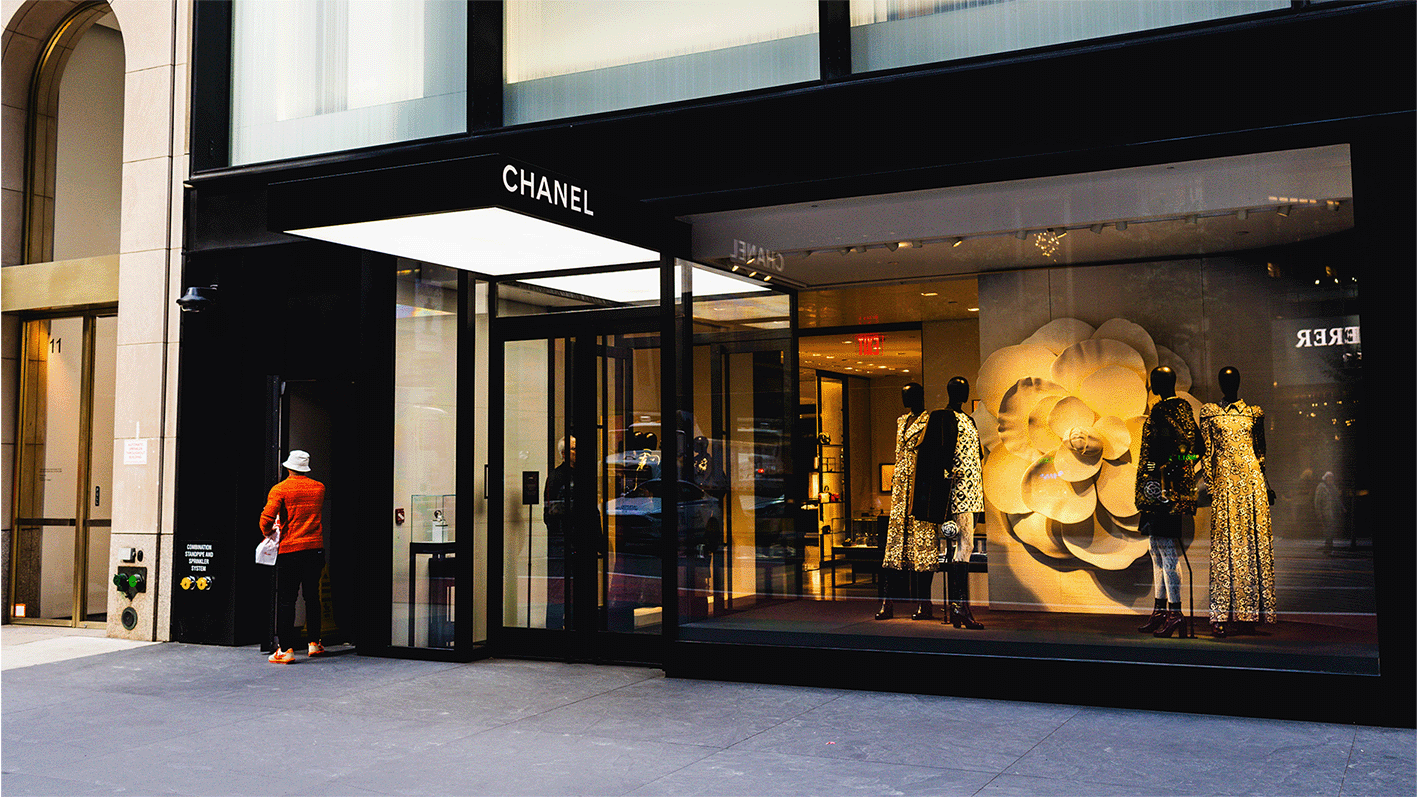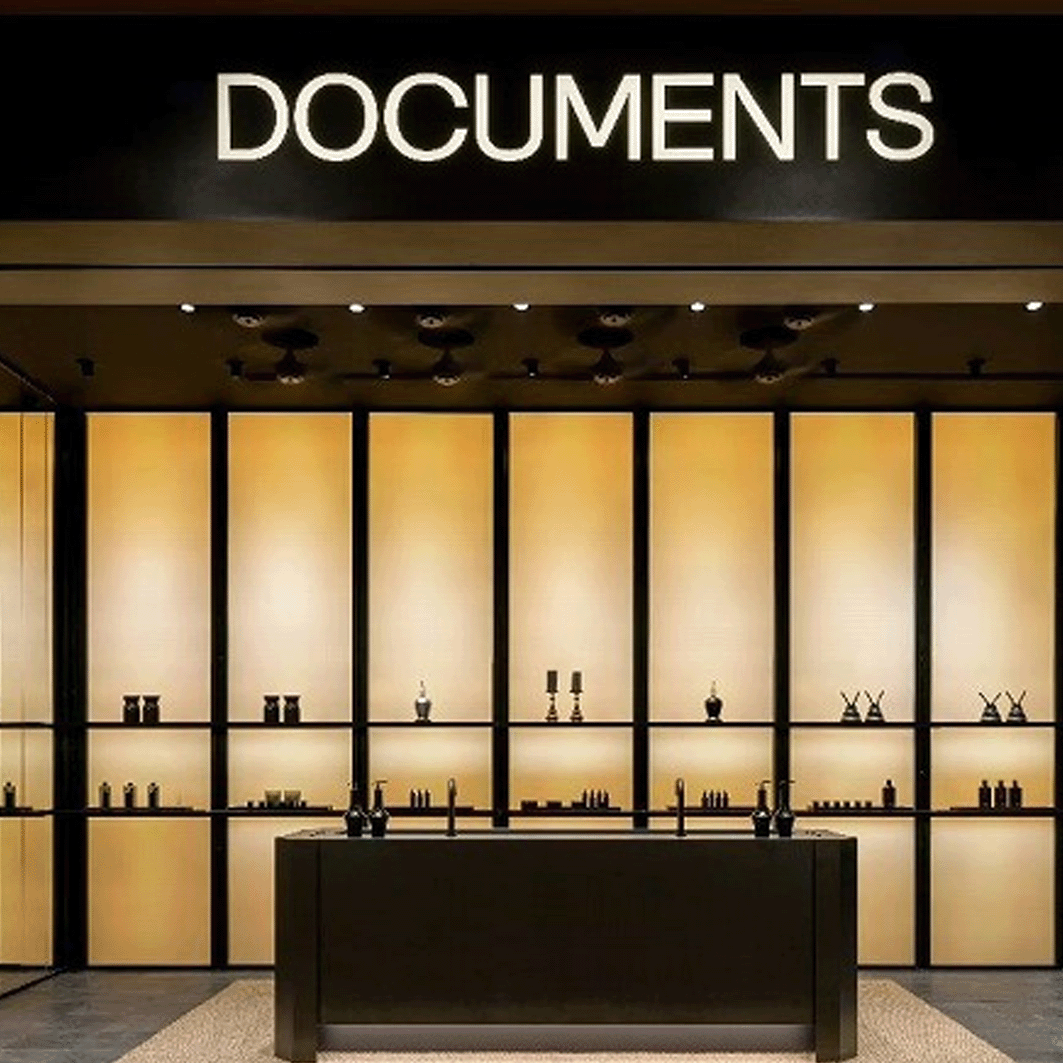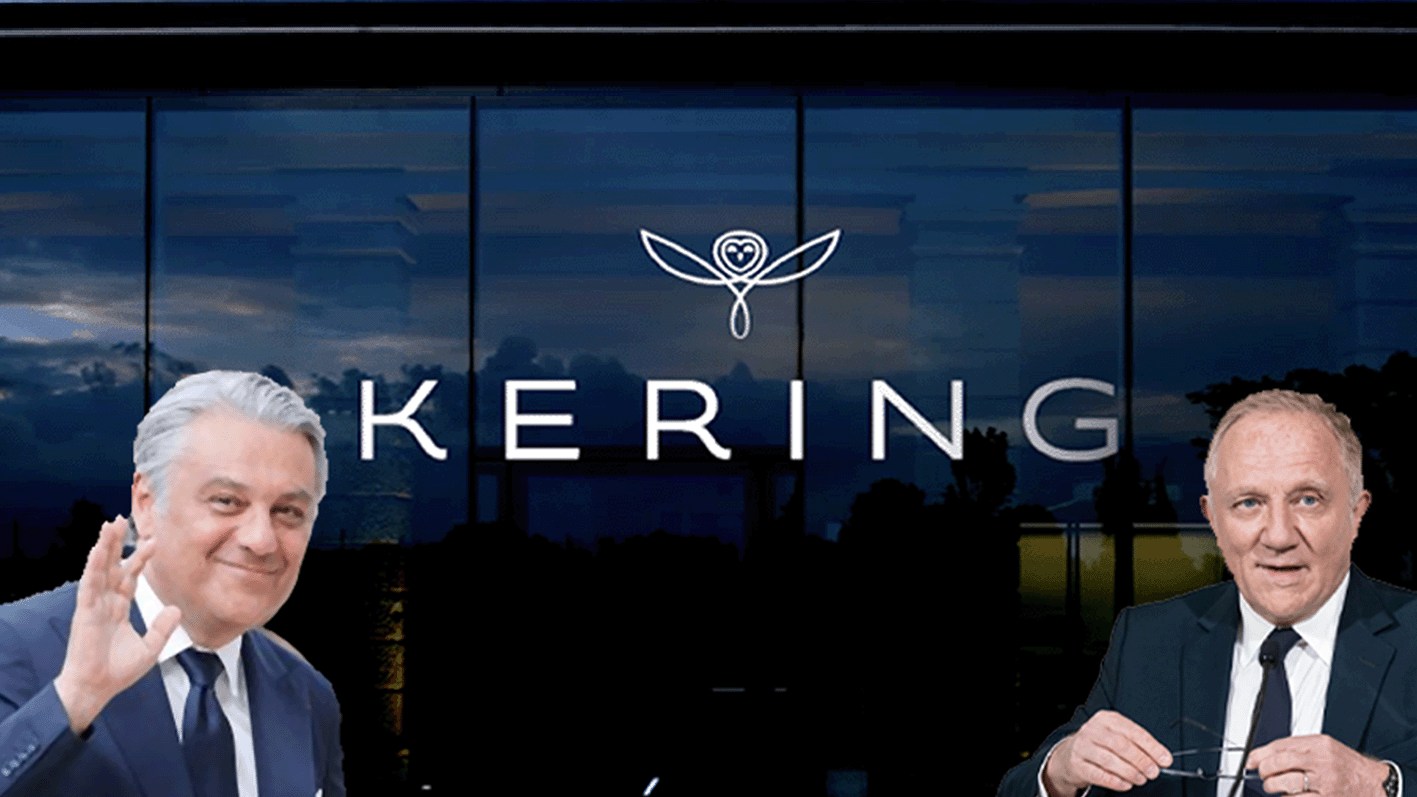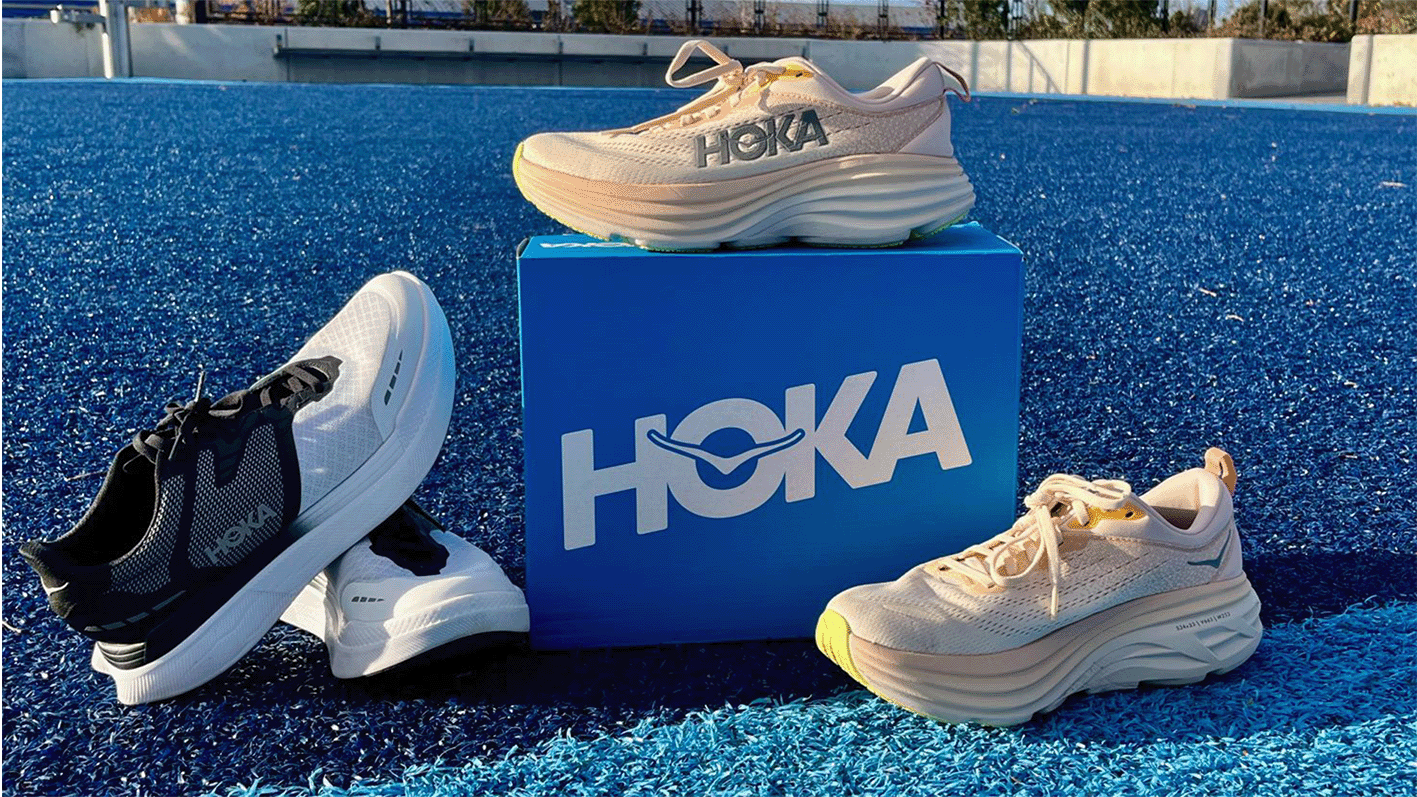- FEATURE
- |
- MERGERS & ACQUISITIONS
- |
- FINANCIAL
- |
- MARKETING
- |
- RETAIL
- |
- ESG-SUSTAINABILITY
- |
- LIFESTYLE
- |
-
MORE


On May 20, Chanel reported its 2024 financial results.
For the first time since 2020, annual revenue declined, dropping 4.3% to $18.7 billion. Operating profit plunged 30% to $4.5 billion. As the global luxury market cools, Chanel, too, is feeling the chill.
And yet, despite the downturn, the brand’s leadership remained unshaken—confident, assertive, and even bullish in its outlook during the earnings call.
Geographically, Europe was the only region that posted growth, and only marginally at 1.2%. Revenue dropped 4.2% in the Americas and fell sharply by 7.1% in Asia-Pacific, where a slowdown in China wiped out gains from South Korea and Japan.

Commenting on the U.S. market, CFO Philippe Blondiaux acknowledged macroeconomic challenges but expressed long-term optimism: “The U.S. remains a market of great potential.”
As for China, CEO Leena Nair called it one of the most vital and dynamic markets in global luxury and revealed plans to open 15 new boutiques across key cities like Nanjing and Chengdu by 2025.
Blondiaux noted Chanel’s store footprint in China remains small, with just 20 boutiques and four haute couture salons—far fewer than competitors, many of whom operate 40 to 50 stores. “We’re focused on expanding into second-tier and emerging cities,” he said. “China still holds tremendous opportunity.”
Beyond China, Chanel also plans to grow its presence in other underdeveloped retail markets, including the U.S., India, and Canada. For a private company with no shareholders to answer to, a negative growth rate doesn’t stand in the way of expansion.
By category, ready-to-wear remained strong overall last year but slowed in China—a decline offset by solid gains in Europe and Japan. Fragrance, skincare, watches, and jewelry all delivered healthy growth.<

























